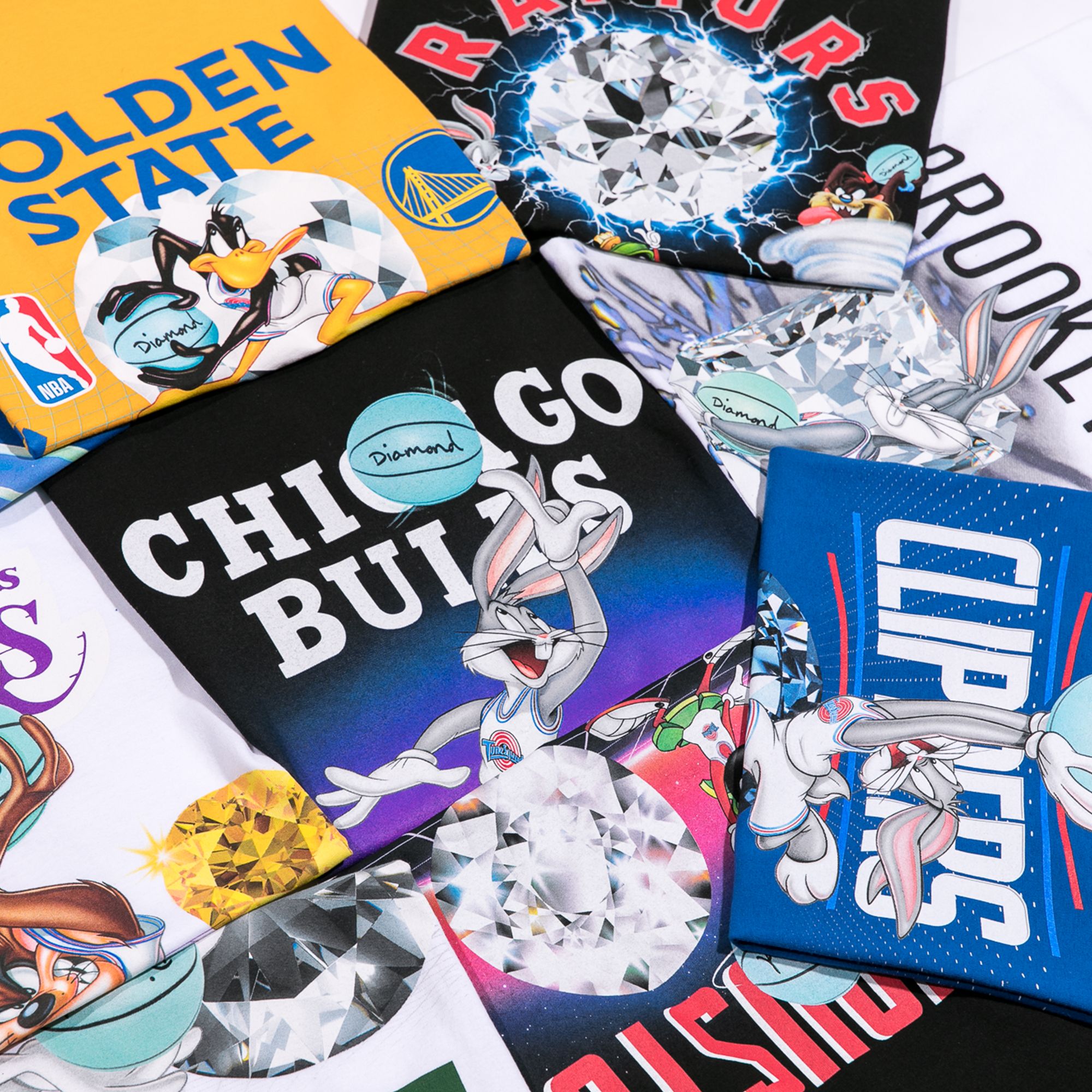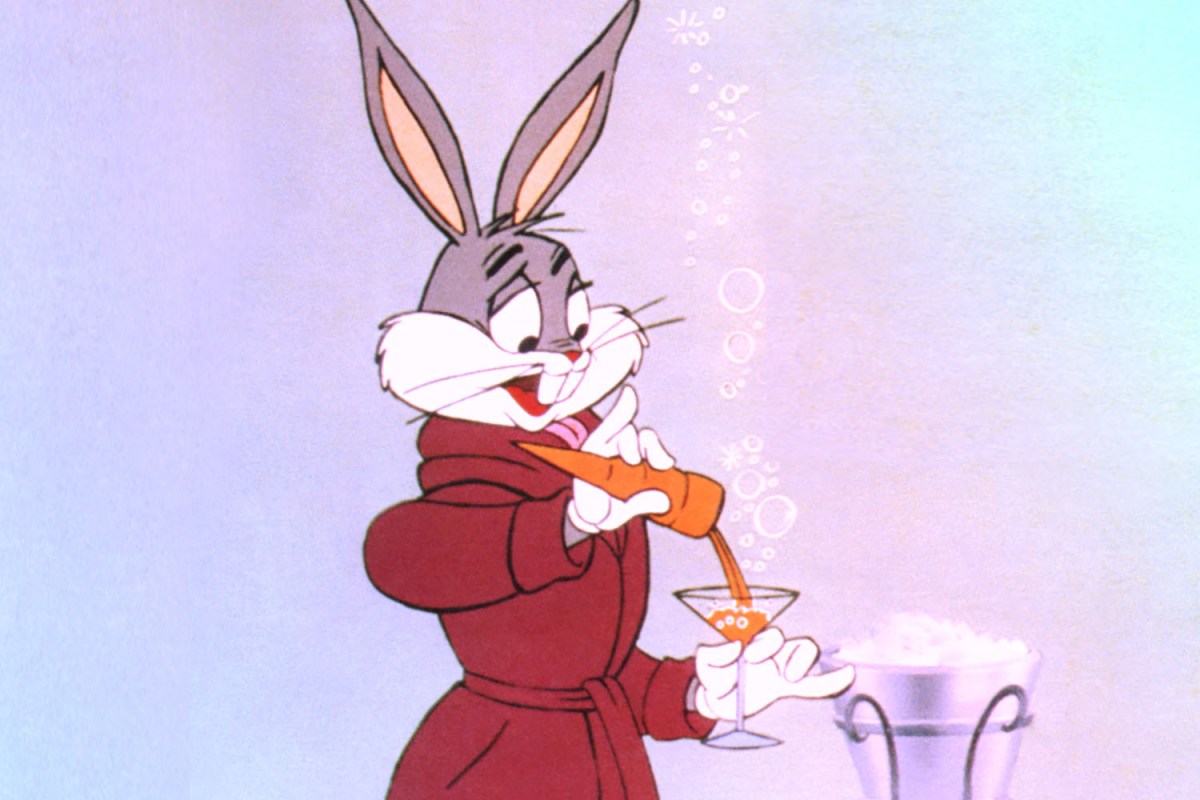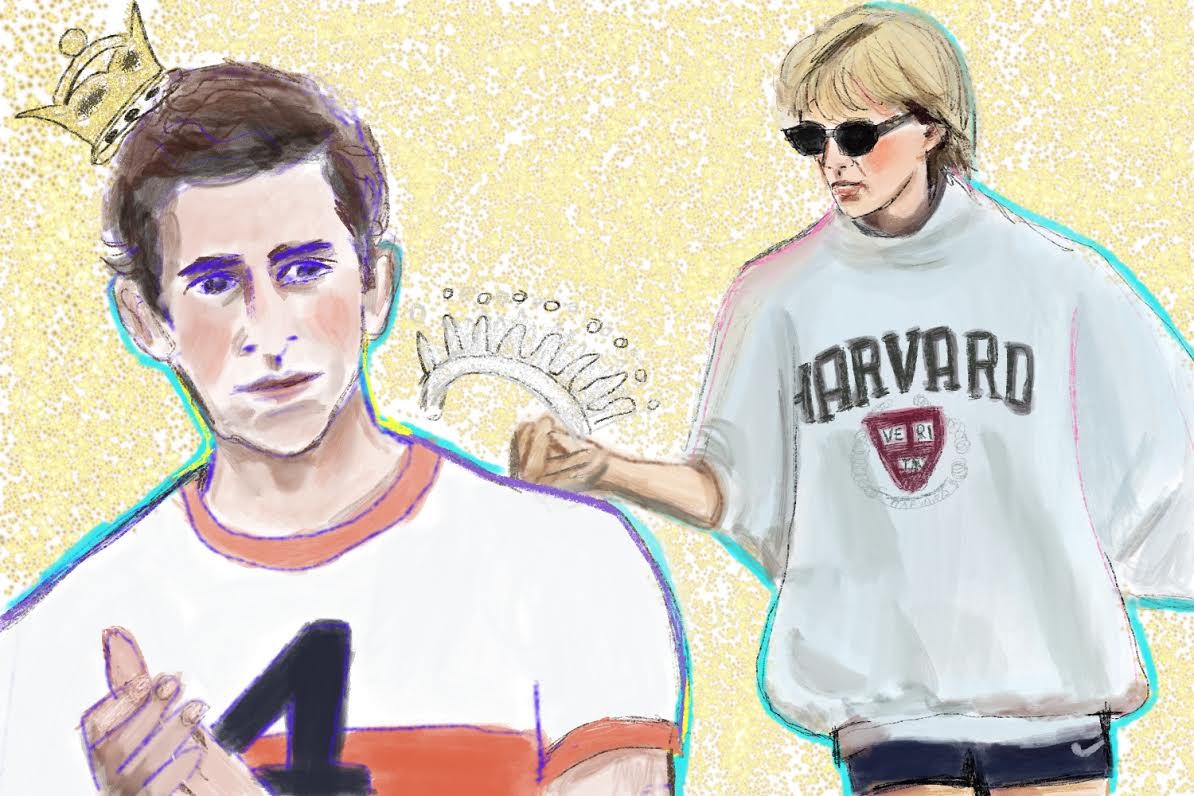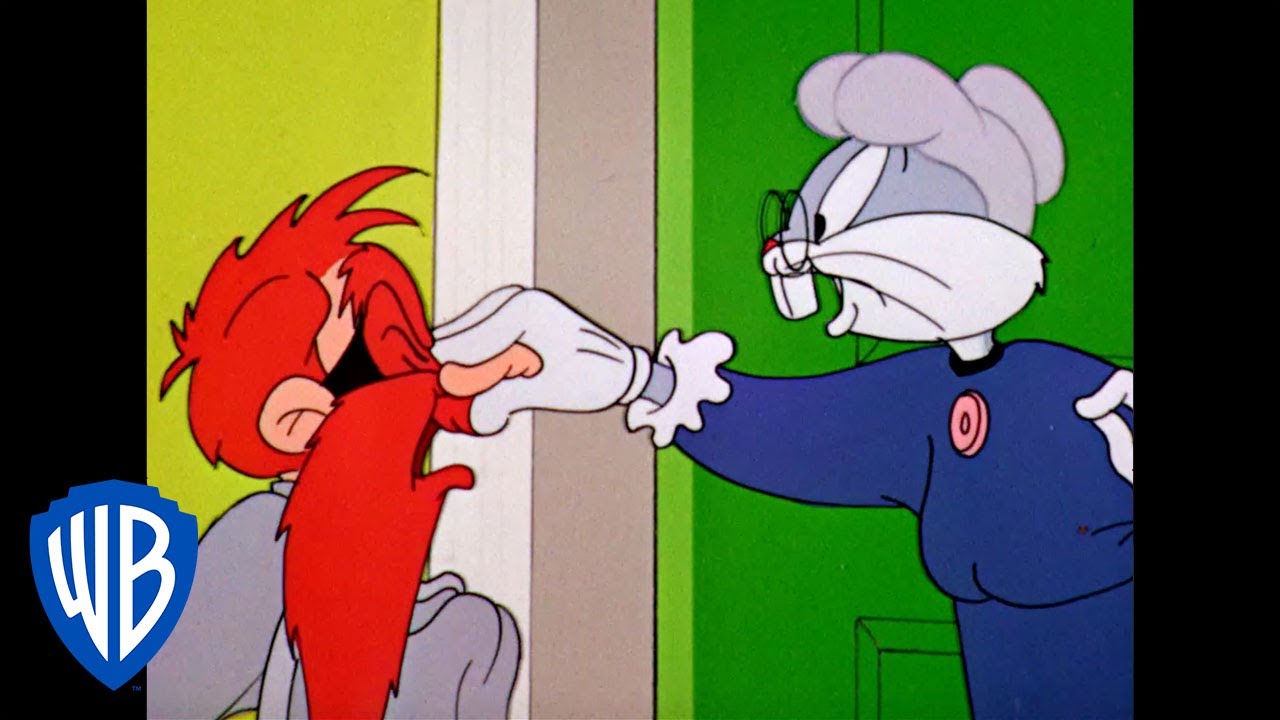Reaching for a plump carrot, a tiny white-gloved hand on a slim grey arm extends from a hole in the ground, and shortly after, a star is born.
This was how Bugs Bunny made his screen debut in the animated short “A Wild Hare” on July 27, 1940. It was then that his first and now-immortal phrase, “What’s up, doc?” passed through his buckteeth and entered American iconography forever. Bugs has been capturing the imaginations of generations pretty much since that moment. He became, and remains, an instant classic. But what makes our love for the “wascally wabbit” such an enduring one?
The story of how we came to latch onto the iconic cottontail actually starts with the rabbit Zomo, a character whose origins are in Central and East Africa. Zomo “gained audience sympathy by being smaller than his oppressors and turning the tables on them through cleverness, thousands of years before Eastman invented film,” Joe Adamson wrote in his 1990 book Bugs Bunny: Fifty Years and Only One Grey Hare. Zomo was “a masquerader, ruthless and suave, in control of the situation.” When slaves were brought from Africa to America, their stories traveled with them and evolved. Bugs is without a doubt Zomo’s, uh, hare apparent.
Fast forward several hundred years to Los Angeles, where Bugs was born to a coterie of animators, storyboarders, directors and producers in the shabby Warner Brothers animation department building known as “Termite Terrace.” People like Ben Hardaway (whose nickname was also Bugs), Tex Avery, Friz Freleng, Bob Clampett, Chuck Jones, Robert McKimson, Mike Maltese, Arthur Davis and many others sketched and spoke and layered Bugs to life. From Hardaway, a concept and a name; from Avery, a catchphrase, an attitude, timing and personality; from Freleng, Clampett, Davis, and Jones, a direction; from McKimson, a defined look; and from Maltese, a wealth of stories and a streetwise sensibility. Their work also overlapped in the highly collaborative animation process, each bringing to the character qualities technical and artistic that made him an integral part of the cultural lexicon. And from the beginning, famed voice artist Mel Blanc supplied vocals now rooted in the memory of every human who’s ever heard Bugs speak.
It was Avery and Maltese who imbued the rabbit with a thick Brooklyn accent (Maltese himself was from the Lower East Side) leading him to become, as Adamson wrote, “the loud mouthed but lovable Brooklynese smart aleck.” The accent suggested a savvy of urban cool and street smarts further on display in Bugs’s crafty cunning. He was, like Zomo, the trickster, the hustler, the con artist you rooted for. And Bugs always included you in on the joke, like a leader of a gang you wanted to be a part of. He fought with his brain instead of his fists — and was only ever provoked to action, Chuck Jones would say, because they didn’t want him to be a bully — leading the meatheads that crossed his path, be they bald (Elmer), mustachioed (Yosemite Sam) or duck (Daffy) swiftly in his dust. Jones once called Bugs a combination of Professor Higgins — the paradoxical academic at the heart of Pygmalion/My Fair Lady — and first lady of wit Dorothy Parker, a combination of debonair traits he himself aspired to. Bugs was the quick wit you wanted to have, the comeback you wanted to make, the havoc you wanted to wreak, the triumph of cool over contention. He still is. And in Bugs, we see the kind of person — well, creature — we’d all like to be.
Yes, of course, there are times when Bugs is running away in fear, but he’s also often running to his next grand scheme to defeat whatever form his hunter has taken at the moment
“Bugs thinks more than others. He is the working intelligence in those skits. He doesn’t have these great physical abilities, other than intensely good makeup skills, but he is the only independent thinker, he’s the only one with a sentient mind in those cartoons,” says author John Leland, who included the celebrated hare in his 2001 text Hip: The History. Bugs stares down the barrel of a gun and somehow, despite all odds, comes up the victor. “For the rabbit to always triumph is a great promise to us that we can triumph in the challenges in our lives.” We love to see him come out on top because we hope for the same in ourselves.
“If we’re watching Bugs, what we’re reacting to is Bugs’s sense of savoir-faire, his sense of being untouched by things,” Leland says. Bugs is, as The Youth might say, unbothered. Unbothered yet ingenious. And it’s not just that, it’s that Bugs invites us into his schemes with him. Breaking the fourth wall, which other characters rarely do, he makes us part of the in-crowd and, Leland says, we find that flattering. Who doesn’t want to be one of the cool kids? With Bugs, we always have been.

And thus, Bugs’s cool has traveled through the decades, inspiring culture on multiple levels. In the 1940s, he became so beloved that not only did his image regale bombers and torpedo boats, he was also an official member of the Navy’s Seabees and has a service record devised for him by the Marine Corps. Sometimes his shorts were more popular than the films they opened for, and he even became the star of his own feature-length films beginning in the 1970s and 1980s, and received his own Hollywood Walk of Fame Star in 1985. The 1990s brought an official partnership with Nike and Michael Jordan, Space Jam and his own “Hare Jordan” 7s, an ongoing series whose most recent edition was released this past June. He appeared with the Tasmanian Devil on shirts as Kriss Kross and offered his cottontail to a reimagining of Bruce Springsteen’s album cover for “Born in the U.S.A” as “Bugs in the U.S.A.” Dave Chappelle cites Bugs as an influence, the rabbit’s sharpness and impishness an ongoing presence in the comedian’s work. There are even traces of Bugs in Phoebe Waller-Bridge’s Fleabag, in her mischievous, fourth-wall-breaking asides.
Bugs was also just honored for the second time by the United States Postal Service with a series of stamps (his first stamp appeared in 1997); he’ll star in Space Jam: A New Legacy with LeBron James in 2021; his cartoons are now available on HBO Max; and he recently appeared in an (old-school) Space Jam-inspired collection from streetwear brand Diamond Supply Co. “He brings back memories, and just like the cartoon the product can take you to special time and place in your life,” says Diamond Supply Co. founder Nicholas Tershay.
“The idea of knowing something the other person doesn’t know, I think that’s what hip is and that remains the same,” Leland says. Bugs will always know more than his opponents, maybe even more than us. What’s more is that Bugs, despite all of his wits, is technically an underdog because he is, well, a rabbit. So we’ll continue to root for him. “Even though the players have changed, the power dynamics haven’t changed so much,” Leland says. “There are still hunters and rabbits out there.”
This article was featured in the InsideHook newsletter. Sign up now.























